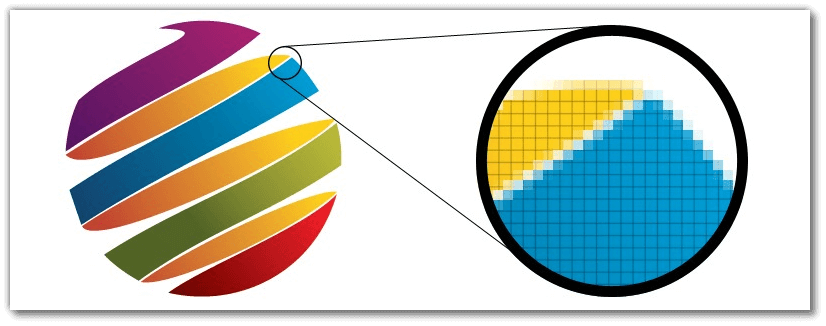

An example of discrete raster data is population density. There are two types of raster data: continuous and discrete. Raster data is cell-based and this data category also includes aerial and satellite imagery. Raster data (also known as grid data) represents the fourth type of feature: surfaces.

If a higher degree of spatial resolution is needed, a street curbwidth file would be used to show the width of the road as well as any features such as medians and right-of-ways (or sidewalks). Line features of a street centerline file only represent the physical location of the street.
#Example of raster image series
They help reduce clutter by simplifying data locations.Īs the features are zoomed in to, the point location of a school is more realistically represented by a series of building footprints showing the physical location of the campus.

Map made with Natural Earth Data.īoth line and point feature data represent polygon data at a much smaller scale. With maps presented at a larger scale, city locations are represented as a polygon to show the extent of each city. In the example below roads are distinguished from the stream network by designating the roads as a solid black line and the hydrology a dashed blue line. Symbology most commonly used to distinguish arc features from one another are line types (solid lines versus dashed lines) and combinations using colors and line thicknesses. Line features have a starting and ending point. Common examples would be road centerlines and hydrology. Line features only have one dimension and therefore can only be used to measure length. Common examples would be rivers, trails, and streets. Line (or arc) data is used to represent linear features. Map: Caitlin Dempsey using Natural Earth Data. In GIS, point data can be used to show the geographic location of cities. For instance, point locations could represent city locations or place names. Point features are also used to represent abstract points. Point data is most commonly used to represent nonadjacent features and to represent discrete data points. Points have zero dimensions, therefore you can measure neither length or area with this dataset.Įxamples would be schools, points of interest, bridge and culvert locations.


 0 kommentar(er)
0 kommentar(er)
